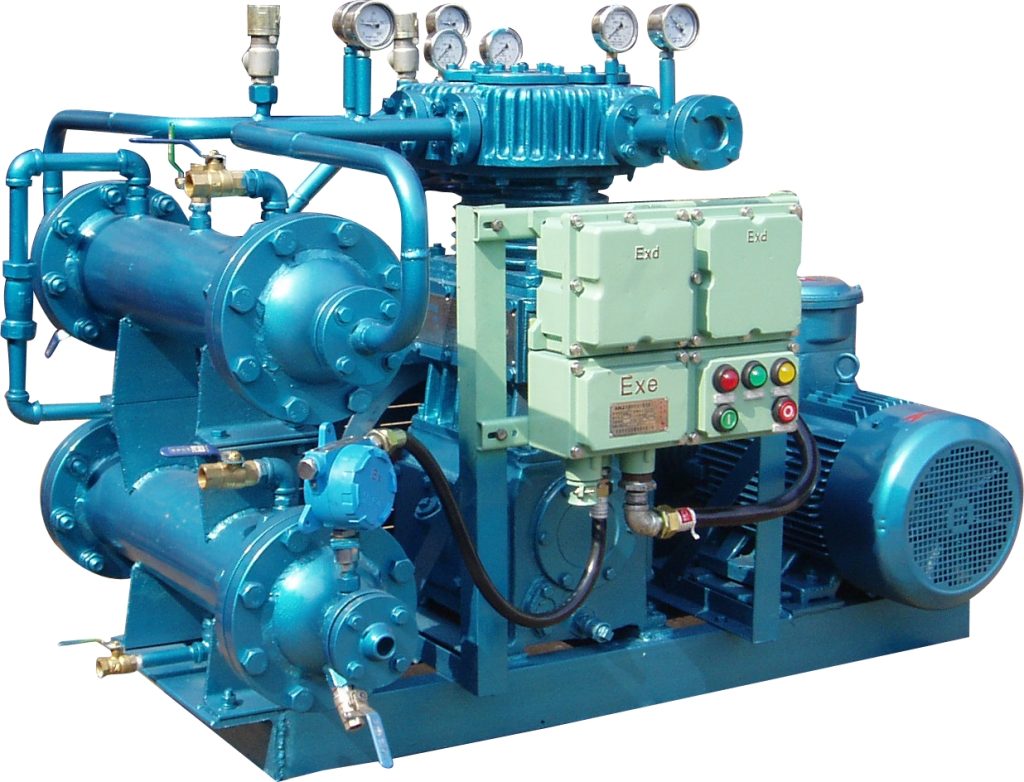Understanding How Piston Movement Compresses Air in This Type of Air Compressor

Hey there, fellow enthusiasts! If you’re curious about how air compressors work and how piston movement is at the heart of their operation, you’ve come to the right place. In this article, we’re going to explore the fascinating world of air compressors and break down how piston movement plays a crucial role in compressing air. So, let’s embark on this journey together!
The Basics of Air Compressors
Before we dive into the details of piston movement, let’s establish a solid foundation by understanding what an air compressor is and why it’s such a handy tool.
What’s an Air Compressor?
Simply put, an air compressor is a device that takes in air and compresses it to increase its pressure. The compressed air can then be used for various applications, such as powering pneumatic tools, inflating tires, or even in industrial processes.
Why Are Air Compressors Useful?
Air compressors are incredibly versatile and find their way into countless industries and everyday activities. They’re used in construction, manufacturing, automotive repair, and even at home. The ability to harness compressed air makes many tasks easier and more efficient.
The Role of Piston Movement
Now, let’s get into the heart of the matter: how piston movement compresses air in this type of air compressor.
Understanding the Piston
The piston is a crucial component of many air compressors, especially in reciprocating or piston-type compressors. It’s a cylindrical piece that moves up and down inside a cylinder.
Step 1: Intake Stroke
The process begins with the piston at the top of the cylinder. During the intake stroke, the piston moves downward, creating a low-pressure zone in the cylinder. This low pressure causes air to be drawn into the cylinder through an intake valve.
Step 2: Compression Stroke
Now, the magic happens. The piston changes direction and moves upward, compressing the air that was drawn in during the intake stroke. As the piston moves upward, the space in the cylinder gets smaller, which increases the pressure of the air trapped inside.
Step 3: Discharge Stroke
Once the air is compressed to the desired pressure, it’s ready to be used. The piston begins its downward movement again, but this time it’s pushing the compressed air out of the cylinder through a discharge valve and into a storage tank or directly to the application.
The Repeat Cycle
This process repeats itself continuously as long as the air compressor is running, maintaining the desired pressure in the tank or system and supplying compressed air whenever needed.
Types of Air Compressors Using Piston Movement
Piston movement is a common feature in reciprocating air compressors. Let’s take a quick look at the two main types of reciprocating compressors:
1. Single-Stage Reciprocating Compressor
In a single-stage compressor, air is compressed in one stroke. It’s a simple and cost-effective design, making it suitable for smaller applications like home workshops.
2. Two-Stage Reciprocating Compressor
A two-stage compressor takes the compression process a step further. After the initial compression in the first stage, the air is further compressed in a second stage, resulting in higher pressures. These compressors are ideal for more demanding industrial applications.
FAQs About Piston Movement in Air Compressors
Now, let’s address some common questions you might have about piston movement and air compressors in general.
Q1: Can piston-type air compressors handle high-pressure applications?
A: Yes, two-stage reciprocating compressors can achieve higher pressures, making them suitable for industrial applications that require significant pressure levels.
Q2: Are there other types of air compressors besides reciprocating?
A: Yes, there are several types of air compressors, including rotary screw compressors, centrifugal compressors, and scroll compressors, each with its unique method of compressing air.
Q3: How do I determine the right size of air compressor for my needs?
A: To choose the right-sized compressor, consider the air pressure and volume required for your applications. It’s best to consult with a knowledgeable supplier or technician to ensure you get the right compressor for your needs.
Q4: Do I need an air receiver tank for my air compressor?
A: An air receiver tank helps stabilize pressure fluctuations and ensures a steady supply of compressed air. While not always necessary, it’s beneficial for many applications.
Conclusion
In conclusion, piston movement is the driving force behind many air compressors, making them essential tools in a wide range of industries and everyday tasks. Understanding how pistons work to compress air is a fundamental aspect of comprehending the functionality of these versatile machines.
Whether you’re using an air compressor in your workshop or relying on it for industrial processes, the principles of piston movement remain the same. So, the next time you fire up your air compressor, you’ll have a better appreciation for the role of those pistons.
For a wide range of compressors, including process compressors and nitrogen compressors, check out CN Compressors. Happy compressing, and may your projects run smoothly with the power of compressed air!
